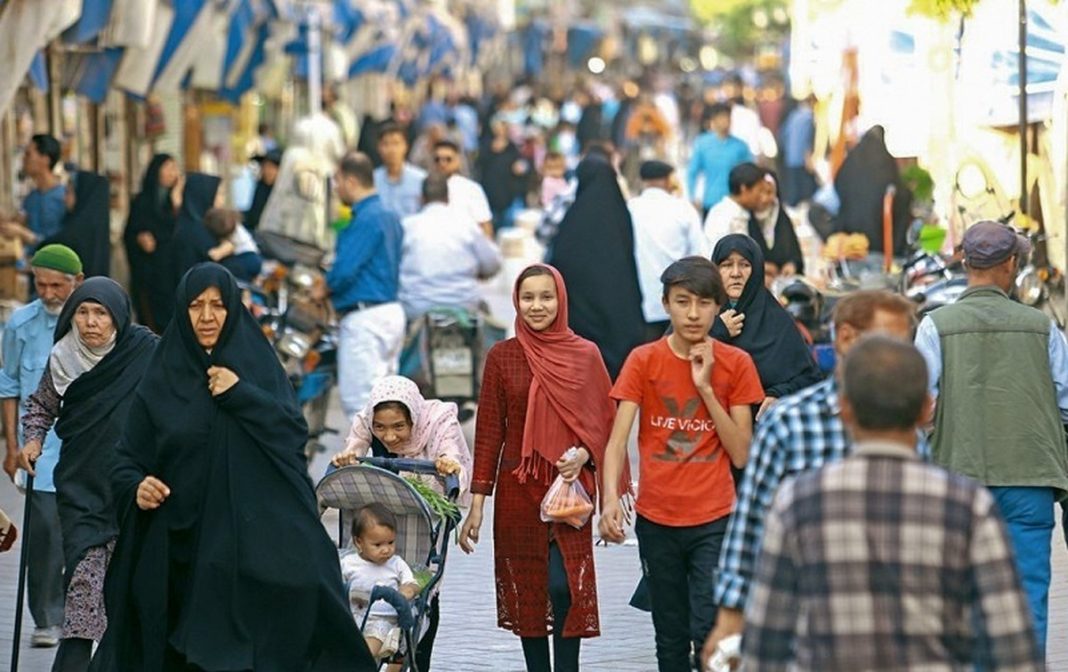Mohammad Sadegh Momenian, in an interview with Khabaronline news website, shared insights into the challenges facing the capital, highlighting the need for equitable distribution of resources and balanced development.
He emphasized that while Tehran is the most migrant-receiving province, the distribution of infrastructure between the city and counties is unequal.
The highlight of his remarks was with a total population of 15 million residents, adding Tehran has reached its capacity and cannot accommodate further population growth.
Momenian noted that daily, approximately 2 million people commute within Tehran, contributing to the city’s severe congestion issues.
Overcrowding is also evident in the education sector, with some areas experiencing student densities as high as 48 students per class, the highest recorded in the province, he noted.
The governor pointed out that Tehran’s problems, including water crises, air pollution, traffic congestion, and inadequate urban development, stem from a lack of implemented plans and policies.
Despite contributing to over 33 percent of the country’s revenue, many socio-economic indicators in Tehran are below the national average, he deplored.
In response to these challenges, Iran plans to repatriate 2 million migrants to alleviate some of the demographic pressures before the current Iranian year on March 20 in order to improve living conditions and infrastructure for all residents.
Momenian emphasized the need for focused management and strategic policy-making to enhance employment, production capacities, and the equitable distribution of resources.
